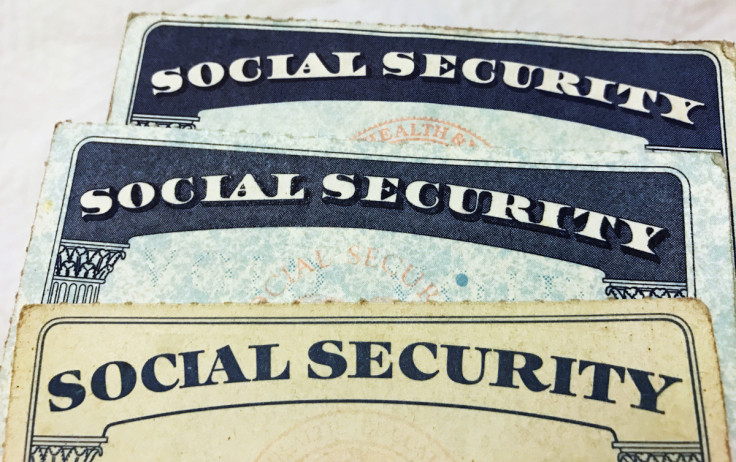2025 Social Security Cost-Of-Living Increase Likely Lowest In 4 Years
Annual cost-of-living-adjustment likely impacted by cooling inflation data

Social Security recipients will likely see the smallest cost-of-living increase in the last four years after the release of government data showing that inflationary pressures are cooling.
The Bureau of Labor Statistics reported Wednesday that the consumer price index (CPI) increased 2.5% year on year, although some sectors remain elevated.
"Inflated prices persist on key essentials such as housing, meats, auto insurance, any type of service and repairs," said Mary Johnson, an independent Social Security analyst.
That figure will most likely be used for the annual cost of living adjustment (COLA), according to the advocacy group The Senior Citizens League.
If the 2.5% is the final figure determined to increase Social Security checks in 2025, it would mark the lowest increase relative to the past three inflation-filled years.
Last year's COLA was 3.2%, the highest increase in four decades, in response to an 8.7% rise in inflation. Residual inflation has many Social Security advocates calling for a 3.0% raise.
"Ensuring that seniors have enough to feed and house themselves with dignity is a major reason why we advocate for a minimum COLA of 3%," TSCL's executive director Shannon Benton said. "TSCL research shows that approximately two-thirds of seniors rely on Social Security for more than half their monthly income, and 28% depend on it entirely."
The average recipient would see an increase of about $46.80 per month. However, much of the raise would be used to offset the rising cost of Medicare Part B plans, which are deducted from Social Security checks. The health plan is expected to increase 5.9% in 2025, totaling $185 monthly.
© Copyright IBTimes 2024. All rights reserved.






















